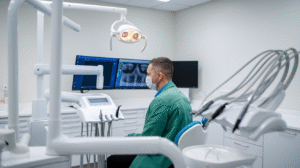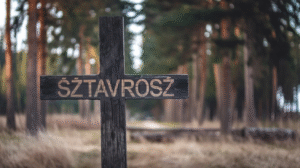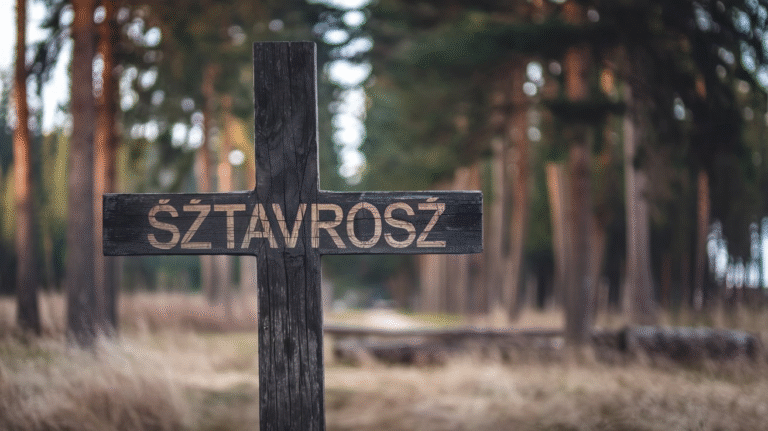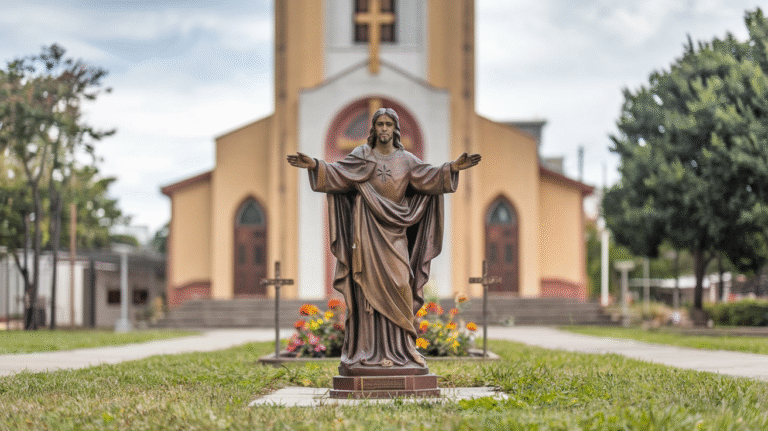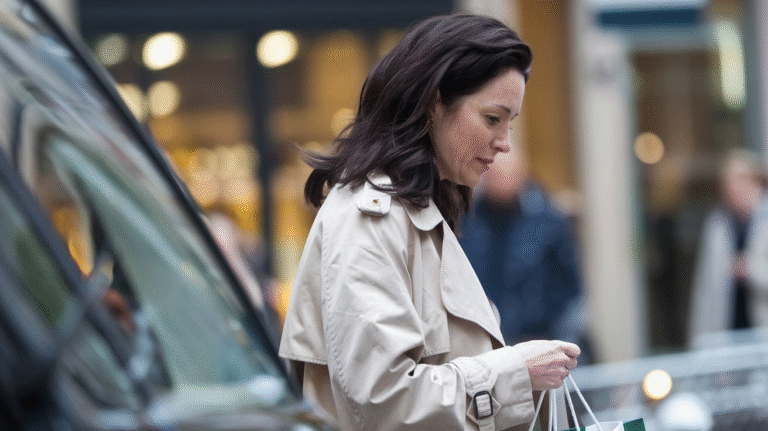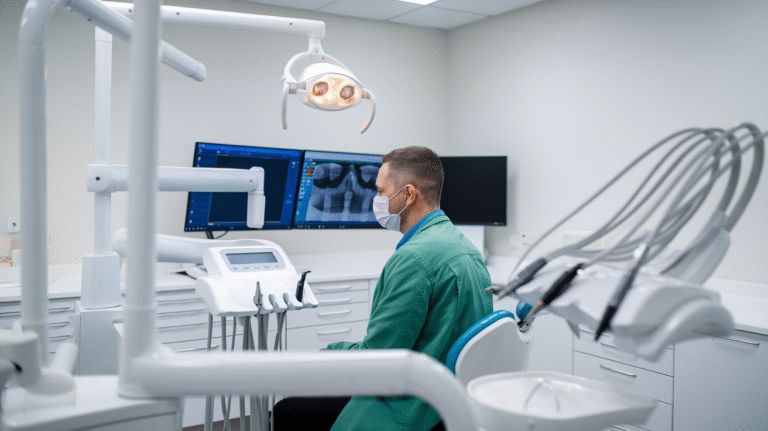Woolwich is a lively and historic area in southeast London that many people don’t know much about. Woolwich has a rich past, from being a major military and shipbuilding center to now becoming a modern town full of culture, shops, and beautiful riverside views. Walking around Woolwich, you can see old forts, historic buildings, and colorful street art that make the area feel alive. It is also home to the Royal Arsenal, a place that used to make weapons but now has shops, offices, and creative spaces. Woolwich is easy to reach by train, bus, or the new cable car over the River Thames, which gives you amazing views. Families, students, and tourists all find something fun to do here. Whether you like history, art, or just exploring new neighborhoods, Woolwich has something for everyone.
One of the best things about Woolwich is how it mixes history with modern life. Woolwich Market is a great spot to experience local life, taste different foods, and meet friendly people. You can also visit Woolwich Common, a big green park where kids can play and adults can relax. The area has museums, art galleries, and cultural events that celebrate its past while looking toward the future. Woolwich also has great schools, community centers, and libraries, making it perfect for families who want a friendly neighborhood feel. Walking along the Thames riverside, you can see boats, historic buildings, and new apartments, all showing how Woolwich is growing and changing. The town has a unique charm because it keeps its history alive while welcoming new ideas and people, making it a place everyone can enjoy.
Woolwich History: From Military Base to Modern Town
Woolwich has a long history that goes back hundreds of years. It used to be an important place for the British military and shipbuilding. Soldiers and workers lived and worked here, building forts, ships, and weapons. The Royal Arsenal was very busy and made guns and ammunition for the country. Over time, Woolwich changed from a mostly military town into a modern neighborhood with homes, offices, and shops. Old buildings still stand as reminders of its past, while new apartments and offices show how the town is growing. Walking through Woolwich, you can see a mix of history and new life, giving the area a unique feeling. Many people visit to learn about its history and enjoy its lively streets, parks, and riverside views. Woolwich is now a place where the past and present meet beautifully.
Exploring Woolwich’s Riverside and Green Spaces
Woolwich has lovely places to enjoy nature and the riverside. The Thames River flows next to the town, and people like to walk, cycle, or just relax there. Woolwich Common is a large green park where families can play, have picnics, or enjoy outdoor events. There are trees, open fields, and walking paths that make it perfect for fresh air and exercise. The riverside area has new buildings, restaurants, and spots to watch boats on the water. Some places show old history with forts and historic walls, while other areas feel modern and busy. The mix of calm nature and lively town life makes Woolwich a fun place to spend time. Both locals and visitors enjoy these outdoor areas every day.
Woolwich Market: Local Flavors and Friendly Faces
Woolwich Market is a popular place for people to shop and meet friends. The market has fresh fruits, vegetables, clothes, and unique handmade items. Local shops sell food from different cultures, so you can taste many kinds of dishes. People come here to shop, eat, and enjoy the busy atmosphere. Market workers and visitors are friendly, making it feel welcoming for everyone. Woolwich Market is not only for buying things but also for learning about the town’s culture. Street performers and small events sometimes happen, which adds fun to the experience. Visiting the market is a great way to see the real Woolwich and meet the people who make it special.
Art and Culture in Woolwich: Museums and Galleries
Woolwich has interesting places for art and culture lovers. Museums show the town’s military and shipbuilding history, while galleries display paintings, sculptures, and modern art. Woolwich Works is a creative space where artists perform, make, and share their work with the public. There are workshops, exhibitions, and shows that everyone can enjoy. Schools and local groups sometimes organize art events for children and families. Cultural activities make Woolwich more than just a town; they help people connect, learn, and have fun. Both locals and visitors can explore these spaces to see art and history together. Woolwich’s mix of old and new culture makes it a special place to visit.
Woolwich Transport: Easy Ways to Reach the Town
Getting to Woolwich is simple because the town has many transport options. Trains and buses connect Woolwich to central London and nearby towns. The DLR and Thames Clippers boat services make traveling fun and easy. There is also a cable car over the Thames that gives amazing views while crossing the river. Walking and cycling paths help people move around inside Woolwich easily. Roads are connected to major highways for cars and taxis. Because of these transport options, tourists, workers, and families can visit Woolwich without problems. The variety of choices makes the town accessible for everyone and adds to its popularity.
Family Life in Woolwich: Schools, Parks, and Community
Woolwich is a good place for families to live and enjoy life. There are schools for children of all ages, parks for playing, and safe streets for walking. Community centers and libraries give people spaces to learn, meet, and have fun together. Families often visit Woolwich Common or riverside areas to spend time outdoors. Events, workshops, and local clubs help children and adults make friends and enjoy hobbies. Shops, markets, and restaurants make daily life easy. Woolwich combines safety, fun, and community, which makes it ideal for families. People feel connected and happy living in a town where there are spaces for both learning and relaxing.
Future of Woolwich: New Developments and Opportunities
Woolwich is changing with new buildings, businesses, and creative spaces. Old factories and forts are being used for shops, offices, and art projects. New apartments are giving people modern homes while keeping historical features. The riverside is improving with walkways, cafes, and parks. Schools, libraries, and sports facilities are growing too. These changes give young people and families new opportunities to live, work, and enjoy life. Tourism is increasing as more visitors come to see history, culture, and modern life together. Woolwich is becoming a bright and busy town while remembering its past, showing that history and future can live side by side.
Conclusion
Woolwich is a special town with a mix of history and modern life. People can see old forts, markets, and museums while enjoying new shops, parks, and apartments. Walking around Woolwich gives a feeling of seeing the past and present together. Families, tourists, and students all find something interesting to do in the town.
Woolwich is also easy to reach with trains, buses, and even a cable car. The town is friendly, safe, and full of places to explore. Its riverside, parks, and community spaces make it perfect for everyone. Woolwich shows how a town can grow and stay lively while keeping its history alive.
FAQs
Q: Where is Woolwich located?
A: Woolwich is in southeast London, near the River Thames.
Q: What is Woolwich famous for?
A: Woolwich is known for its military history, Royal Arsenal, and riverside views.
Q: How can I get to Woolwich?
A: You can reach Woolwich by train, bus, DLR, cable car, or boat.
Q: What can families do in Woolwich?
A: Families can visit parks, Woolwich Common, riverside areas, and markets.
Q: Are there cultural places in Woolwich?
A: Yes, Woolwich has museums, galleries, and creative spaces for arts and performances.


